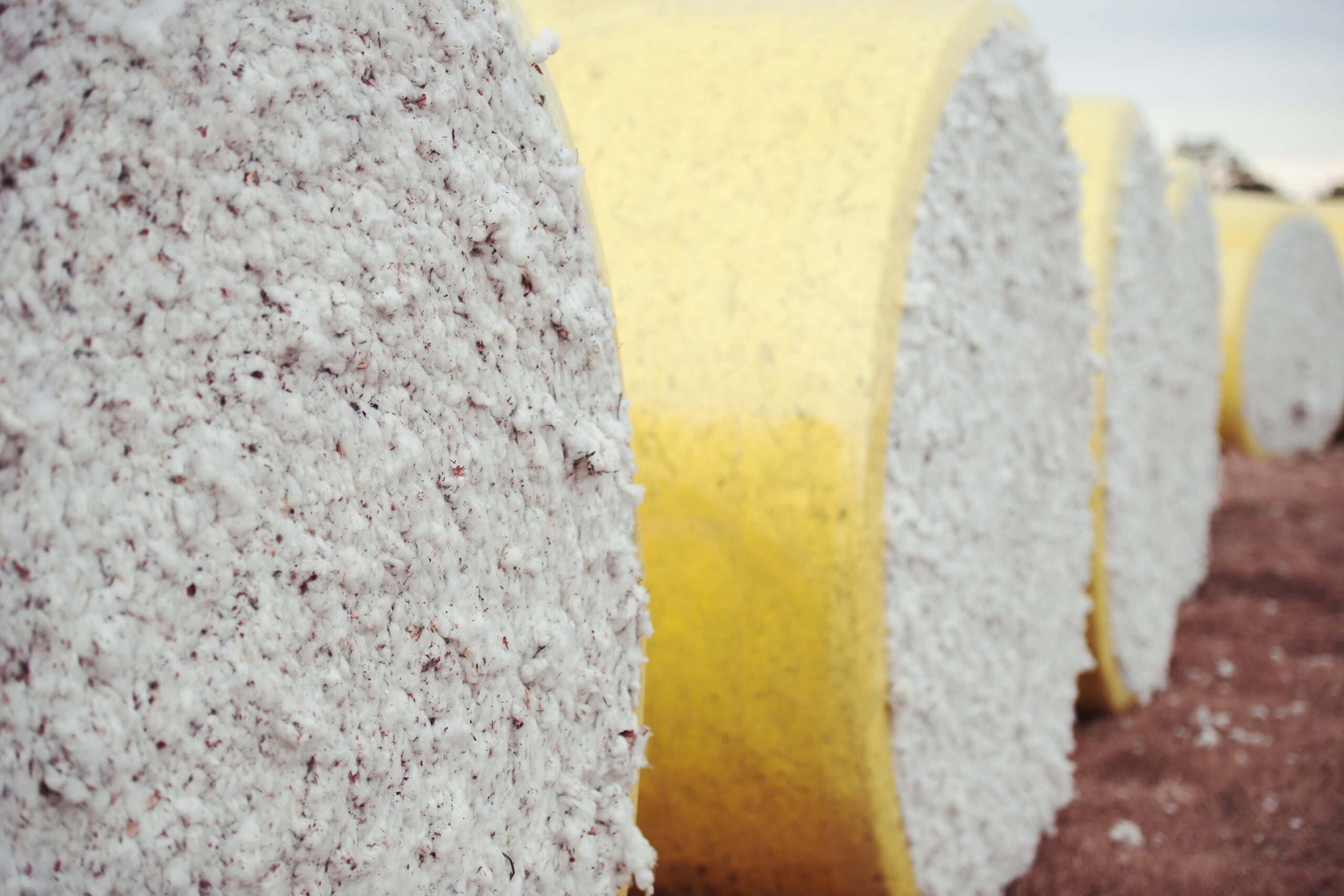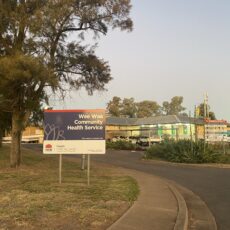The cotton industry reports a 52 per cent improvement in water use efficiency since 1997, reductions of 91 per cent and 66 per cent respectively in the hazard of pesticides to bees and algae since 2004, and an increase in the proportion of female and Indigenous workers since 2016 are some of the mainly positive trends reported, while annual data shows a decrease in yield and increase in greenhouse gas emissions from 2021 to 2022.
The figures are contained in the industry’s 2022 Sustainability Update.
“Since becoming the first Australian agricultural industry to independently assess its environmental impacts in 1991, the Australian cotton industry is proud of long positive trends in many areas but also knows it needs to keep looking at ways to improve,” Cotton Australia CEO Adam Kay said.
“Our latest update clearly shows what we’re doing well, but just as importantly it shows what challenges we have and what we’re doing to address areas where we can better manage risks and opportunities,” Mr Kay added.
“The data shows we have more to do in reducing greenhouse gas emissions, and while we have witnessed a significant decline in the negative impact of herbicide use since 2004, there has been an increase in herbicide hazard over the past two years and as an industry our goal is to minimise the environmental impact of herbicide use.”
The 2022 Sustainability Update also reveals the five-year average irrigated yield of Australian cotton increased by 55 per cent from 1994 to 2002, compared to an eight per cent dryland yield increase in the same period.
“This highlights how efficient use of irrigation water, within sustainable river and groundwater system limits, can meet a growing global call for sustainable intensification’ of agriculture: to produce more food and fibre while reducing negative impacts and increasing positive impacts on people and nature.”
Cotton Research and Development Corporation executive director Dr Ian Taylor said collaboration and coordination were key parts of the cotton industry’s work to deliver sustainable intensification.
To order photos from this page click here










